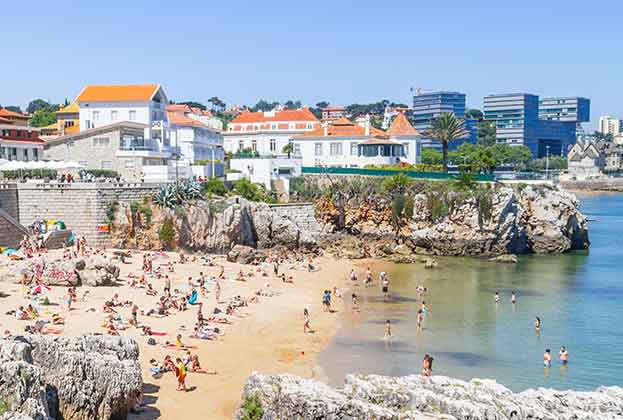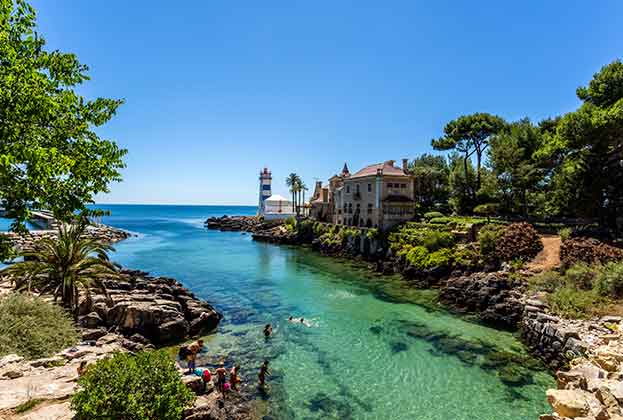Successive stamp duty increases have made the cost of buying a home at the top end of the prime central London market a very expensive business and buyers are thinking much harder before committing to buying.
As a result, the top end of the prime central London lettings market is proving increasingly popular with high net worth individuals and global business executives, particularly those who won’t necessarily be working in the UK capital on a permanent basis.
Tenants often come to us feeling they have spent enough nights in hotel suites around the world and just want their own space, many looking for turnkey apartments with porters and lifts – wanting to be as close to hotel living as possible. Super prime rentals offer just this, a halfway point between an owned home and a hotel suite, but with much more privacy.
Unlike ownership, super prime rentals come with no major responsibility and no exit bill. Not only do renters not have to pay stamp duty, there are no maintenance of refurbishment costs and no fees for selling.
And given that our researchers are projecting two years of zero price growth for prime central London house prices as we negotiate our exit from the EU, renters won’t be missing out on capital growth. Indeed, the cost of stamp duty for a high-value home purchase would cover long periods of renting an equivalent property. For many high net worth clients this is become an easy choice.
The table below illustrates the cost of stamp duty for different property values compared to the number of days rent this equates to for both occupiers and investors. For example, a buyer of a £2 million property, the stamp duty costs of more than £150,000 equals 935 days’ rent – two and a half years’ worth – and that's without counting the costs of any refurbishments. The stamp duty on a £5 million home would cover rent on the same property for over four years.
An investor buying a property of the same value would need to put aside the first 1,300 days’ rental income to cover their stamp duty bill, but would obviously see the benefit of any house price growth.
.jpg)
.png)



.jpg)





